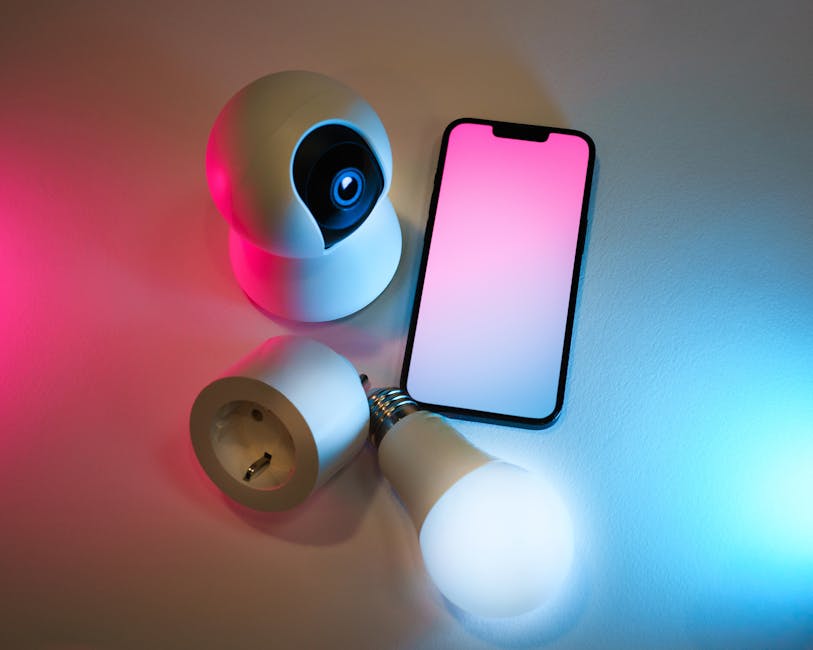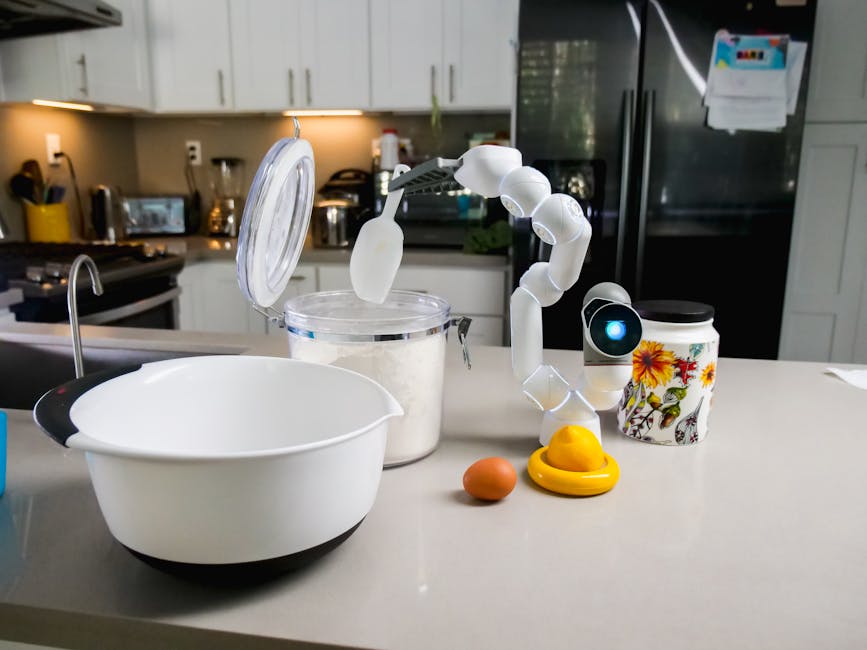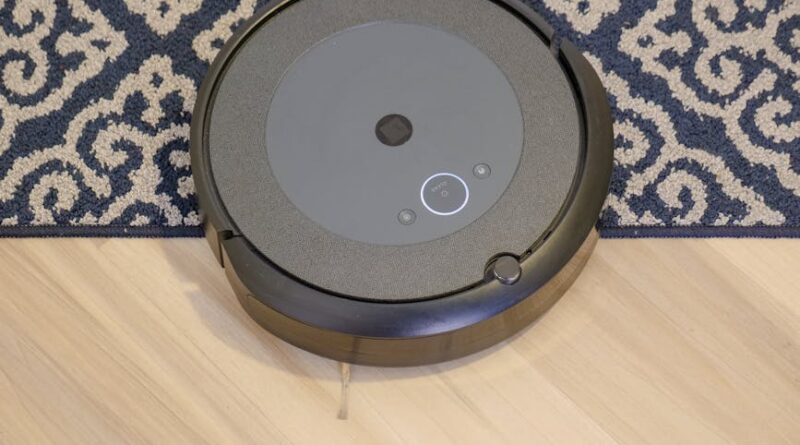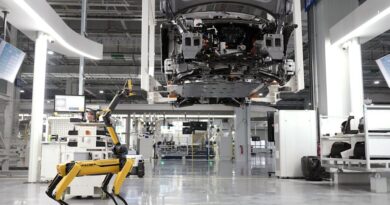Redefining Efficiency with Smart Automation
Have you ever wondered how much time you could save with the right tools? Smart automation is changing the game. it’s not just about robots and AI anymore. it’s about making our daily tasks easier and more efficient.
According to a recent study, businesses that embrace automation see a 30% increase in productivity. Imagine what that could do for you! Lets dive into how smart automation works and how it can redefine efficiency in your life.
What is Smart Automation?

Smart automation combines technology with everyday tasks. It uses software and tools to handle repetitive jobs. Think of it as your digital assistant that never gets tired.
For example, consider a home coffee maker. You can set it to brew your coffee automatically at a specific time. This simple act saves you from fumbling with coffee grounds in the morning. Automation makes routines smoother.
How Does Smart Automation Work?

The secret behind smart automation lies in it’s ability to learn and adapt. It uses data to improve efficiency. Here are some common types:
- Task Automation: This includes automated emails and reminders.
- Robotic Process Automation (RPA): These are bots that handle data entry and processing.
- AI and Machine Learning: These technologies analyze patterns and make predictions.
By using these tools, businesses can minimize errors and focus on what truly matters.
Why Should You Care About Smart Automation?

Smart automation isn’t just for big companies. It benefits everyonefrom students to busy professionals. Heres how:
- Time Savings: Free up hours to focus on creative tasks.
- Consistency: Reduce human error and ensure tasks are done right every time.
- Cost-Effective: Lower operational costs by improving task efficiency.
Think about your own life. Are there tasks you do daily that take too much time? Smart automation can help streamline these processes.
What Are the Common Misconceptions?

Many people worry that automation will replace jobs. However, it’s important to understand the real impact:
- Automation takes over routine tasks, allowing humans to focus on complex problems.
- It creates new roles that didnt exist before, especially in tech and management.
- Workers become more skilled and valuable as they learn to manage automation tools.
In fact, a report from McKinsey suggests that automation could create 20 million new jobs by 2030. This shows that adapting to these changes is crucial.
How Can You Implement Smart Automation?
Ready to embrace smart automation? Here are some practical steps to get started:
- Identify Repetitive Tasks: List tasks you do regularly.
- Research Tools: Look for software that can help automate these tasks.
- Start Small: Choose one task to automate first, then expand.
For instance, if you find yourself scheduling meetings constantly, consider using tools like Calendly. This tool allows others to book time with you automatically.
What Are Some Real-Life Examples?
Many businesses are already reaping the rewards of smart automation:
- Amazon: Uses automation in warehouses to sort and ship products quickly.
- Banking: Automated systems process transactions, reducing wait times for customers.
- Healthcare: Patient appointments are scheduled using smart systems, freeing up staff for patient care.
These examples showcase how automation can improve efficiency and customer satisfaction. Imagine bringing some of that efficiency into your own life!
What Tools Can Help You Automate?
Heres a quick rundown of popular tools to consider:
- IFTTT: Connects different services for automated tasks.
- Zapier: Automates workflows between apps you use every day.
- HubSpot: Helps with marketing automation and sales tracking.
Each of these tools offers unique features. Explore them to see which fits your needs best.
How to Measure the Success of Automation?
Once you implement automation, it’s essential to measure it’s impact. Heres how:
- Track Time Saved: Compare how long tasks took before and after automation.
- Cost Analysis: Assess any savings in time versus costs of tools.
- Feedback: Ask for input from team members or users about their experience.
Using these metrics will help you see the benefits clearly and adjust your approach as needed.
what’s Next for Smart Automation?
The future of smart automation is bright. With advancements in AI and machine learning, we can expect even more sophisticated tools. This means our lives will become easier and more efficient.
Experts predict that by 2025, 70% of tasks in workplaces will be automated. This shift will redefine how we work and live. Staying ahead of this trend is vital.
Actionable Takeaways
As you consider how to redefine efficiency in your life, keep these points in mind:
- Start small and focus on automating one task at a time.
- Explore available tools that can aid in your automation journey.
- Regularly measure the success of your automation efforts.
- Stay informed about new technologies and trends in automation.
Smart automation is not just a trend; it’s the future. By embracing it, you can save time, reduce stress, and improve productivity. So why wait? Start your automation journey today!
For more tips on improving efficiency, check out our related post on improving efficiency in daily tasks.



